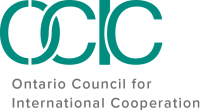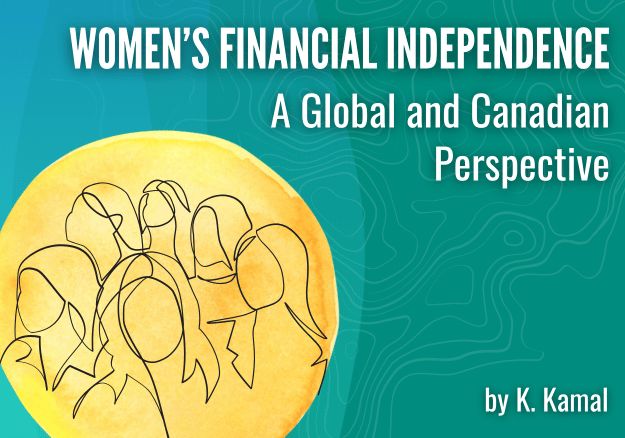Women’s Financial Independence: A Global and Canadian Perspective
By K. Kamal | November 15, 2024
Achieving financial independence is a key pillar of gender equality, enabling women to make autonomous life choices, secure their financial futures, and actively contribute to the economy. While significant progress has been made in countries like Canada, challenges remain both domestically and internationally, that prevent many women from achieving true financial independence.
Women’s Financial Independence in Canada
In Canada, women have made significant progress toward economic equality. Women now represent 47% of the workforce and 60% of university graduates (Statistics Canada, 2022). These strides in education and labor force participation reflect growing opportunities for women in various sectors. However, there are still considerable barriers. One of the most persistent issues is the gender wage gap. Women in Canada earn about 87 cents for every dollar earned by men, with disparities widening for women of color, Indigenous women, and those working in lower-paying industries (Statistics Canada, 2022).
Another significant challenge is the disproportionate burden of unpaid caregiving. Women in Canada continue to carry the majority of caregiving responsibilities, such as raising children and caring for aging parents. This unpaid labor often leads to career interruptions and limits women’s opportunities to advance professionally, resulting in lower lifetime earnings and retirement savings (Statistics Canada, 2023). These factors also contribute to the wealth gap, with women less likely to own property or accumulate significant wealth compared to men.
Despite these challenges, certain government policies have helped support women’s economic participation. Initiatives like paid parental leave and efforts to close the gender wage gap in the workplace have contributed to greater gender equity in Canadian society. However, more work remains to ensure that all women can achieve financial independence.

Global Trends in Women’s Financial Independence

Moving Forward: The Path to Financial Independence

K. Kamal
OCIC Youth Policy-Makers Hub Member







